Bridal Fashion Week Fall/Winter 2026 came in soft but somehow still said everything. Think air-light fabrics, sculptural tailoring, and sparkle that whispers “old money,” not “disco ball.”
This is your smart, stylish edit of the wedding dress trends from Bridal Fashion Week Fall 2026: what’s actually worth saving to your mood board, and what will still feel fresh a year from now.
Fashion Week 101: What “Fall 2026” Actually Means
If you’re new to how bridal fashion week works, here’s the quick version: Bridal Fashion Week happens every April and October, and the collections shown are always named for the following season.
So when designers debuted their Fall/Winter 2026 gowns in October 2025, they were setting the tone for what brides will actually be shopping and wearing in late 2026 (and well into 2027).
Think of it as the industry’s forecast: not what’s hitting boutiques tomorrow, but what will shape next year’s racks and Pinterest boards.
And yes, you can absolutely wear a “fall” collection in summer or vice versa. “Fall” and “Spring” are creative cycles, not temperature rules. The difference usually comes down to fabric and styling: fall looks tend to feature richer textures or sleeves, while spring favors lighter materials and open necklines.
Most bridal boutiques start receiving these collections 6 – 8 months after the runway, so if you’re shopping mid-2026, you’ll be seeing many of the dresses that walked this October.
Designers Defining FW 2026
The trends below reflect the collective direction of this season’s most influential designers —each bringing their own version of modern romance.
Standouts included Made With Love, Francesca Miranda, Jenny Yoo, Leah Da Gloria, Elly Sofocli, Berta, Wona Concept, Markarian, Verdin, Enuara, Ines Di Santo, Hera Couture, Lihi Hod, Galia Lahav, Arava Polak, Julie Vino, Mira Zwillinger, Justin Alexander, Elie Saab, Alexandra Grecco, Monique Lhuillier, and Kim Kassas Couture.
Together, they defined the mood of FW 2026: intentional luxury, soft structure, and fabric that moves like poetry.
Air, Silk, and the Art of Subtle Drama
Designers leaned into silk, chiffon, layered tulle, and feather-light organza that moved like breath. The result: weightless luxury that feels effortless and quietly romantic.
How to wear it:
Choose movement over volume. Ask your stylist about silk chiffon overlays, ultra-sheer tulle, or organza that catches light without adding bulk.
Shape Shifters (The Waistline Renaissance)
Fall 2026 is where structure met softness. Expect curved basques, drop waists, and draped corsetry that shape without squeezing. It’s architectural in the best way: thoughtful, tailored, and feminine without being fussy.
Every gown proved that structure can still feel like freedom.
How to wear it:
Try a softly curved basque or drop waist with a fluid skirt. It’s elongating, modern, and reads editorial grace in photos.
Lace Got a Rebrand
Chantilly is back, and she’s grown up. Lace showed up as refined overlays, 3D appliqués, and tone-on-tone embroidery, giving texture and depth without leaning vintage. It’s lace for the minimalist who still loves detail.
How to wear it:
Ask for Chantilly over matte silk or a subtle appliqué focused at the bodice. It adds movement and contrast without feeling sweet.
Texture Therapy (Feathers, Beads & All the Feels)
2026 said touch everything. Feathers appeared as wisps, not plumes; beading was micro, tonal, and candlelight-soft.
Designers layered jacquards, tulle, and appliqués to build dimension without the bulk: proof that texture can be both sophisticated and sensory.
How to wear it:
Look for glass beading, pearls, or layered fabrics that create depth rather than shine. A feathered cuff or hem adds movement without feeling costume-y.
Cape It Off (The New Bridal Power Move)
Capes, toppers, silk shrugs, and detachable veils doubled as outerwear and drama. The ultimate ceremony-to-reception trick: structured on the aisle, minimal on the dance floor.
How to wear it:
Opt for a removable topper or veil-cape that frames the aisle moment and disappears when the music starts.
The Soft-Structure Revolution
Visible boning. Sheer corsetry. Draped construction that defines but never traps.
FW 2026 was full of bridal engineering disguised as poetry: strength and softness in the same silhouette.
How to wear it:
If you love a sculpted bodice, try one with visible structure and a fluid skirt. The contrast reads modern, not rigid.
Minimalism with a Personality
Clean lines aren’t going anywhere, but designers gave them a pulse: pleated rosettes, sculptural bows, asymmetric necklines, and precision seams that add interest.
It’s quiet luxury that still has something to say.
How to wear it:
Ask your stylist for “minimal, architectural, detail-forward” looks. Pieces that rely on cut and craftsmanship over embellishment.
Tonal Romance (Beyond Bright White)
White took a backseat to warm ivory, oyster, champagne, and faint ice-blue tones. These shades add warmth, depth, and a subtle editorial quality.
How to wear it:
Try a warm ivory or champagne lining under lace. It adds richness while staying neutral.
What This Means for Real-Life Dress Shopping
You don’t need 97 runway screenshots. You need a direction. Start with one “why” — movement, structure, texture, or tone — and let that guide your appointments. Bring five images max.
The right gown will feel like you, but better.
Want to see every designer lineup? Check the official CFDA NYFW Bridal Schedule for show recaps and collection release dates.
We Know a Thing or Two About Fashion
We’re Well-Dressed Events, a full-service planning firm rooted in NJ and NY, now officially booking in Wilmington, NC.
We plan weddings, milestone celebrations, and corporate events with equal parts style and substance. Every client is paired with a dedicated lead planner from day one, so nothing slips through the cracks.
Whether you’re down the road or planning from a distance, we make the process feel seamless and stunning.
Explore our Full Edit, Select, and Capsule experiences, or contact us here to start a conversation with our team.
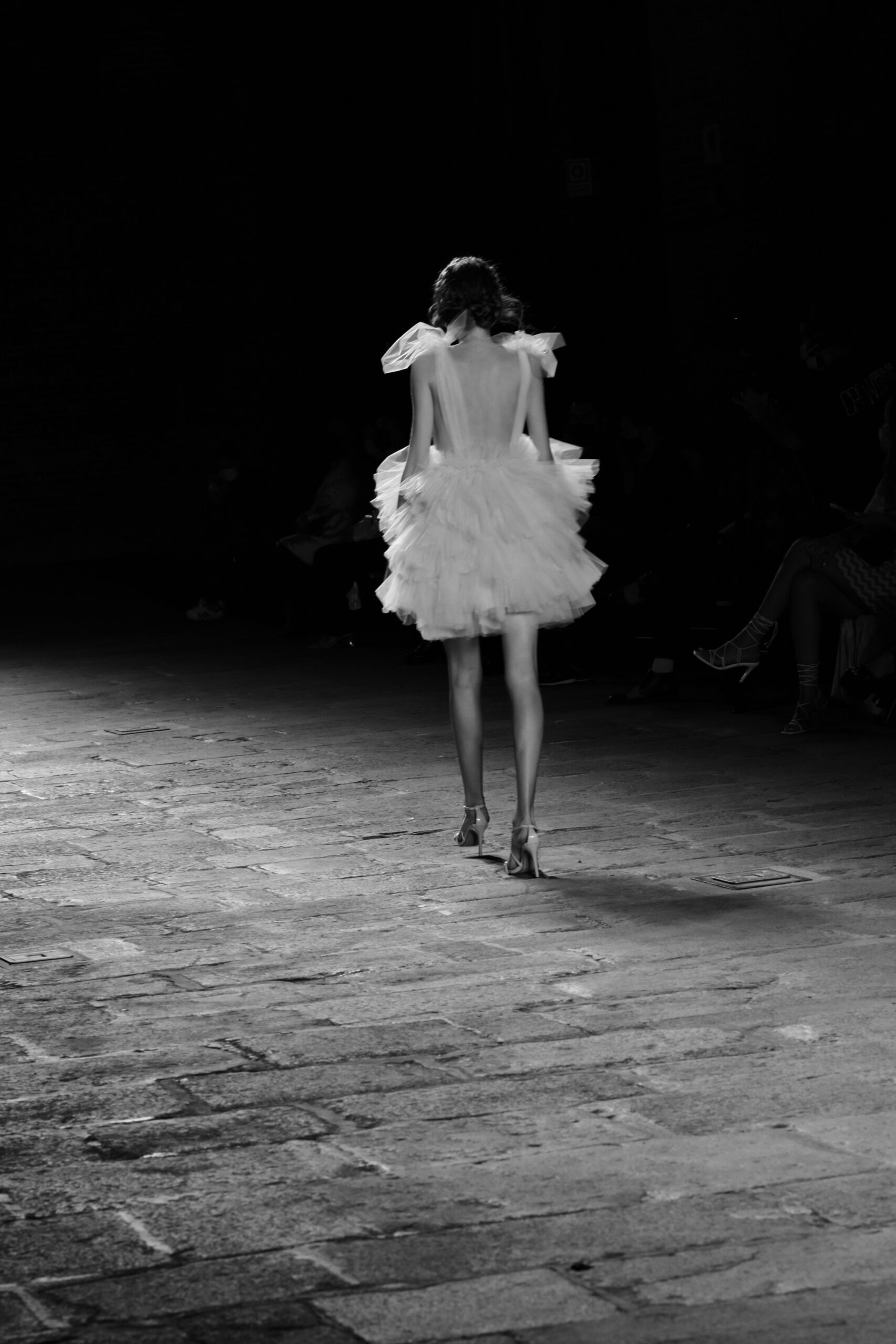
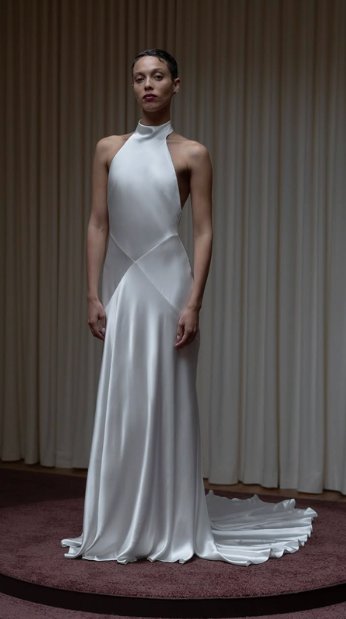
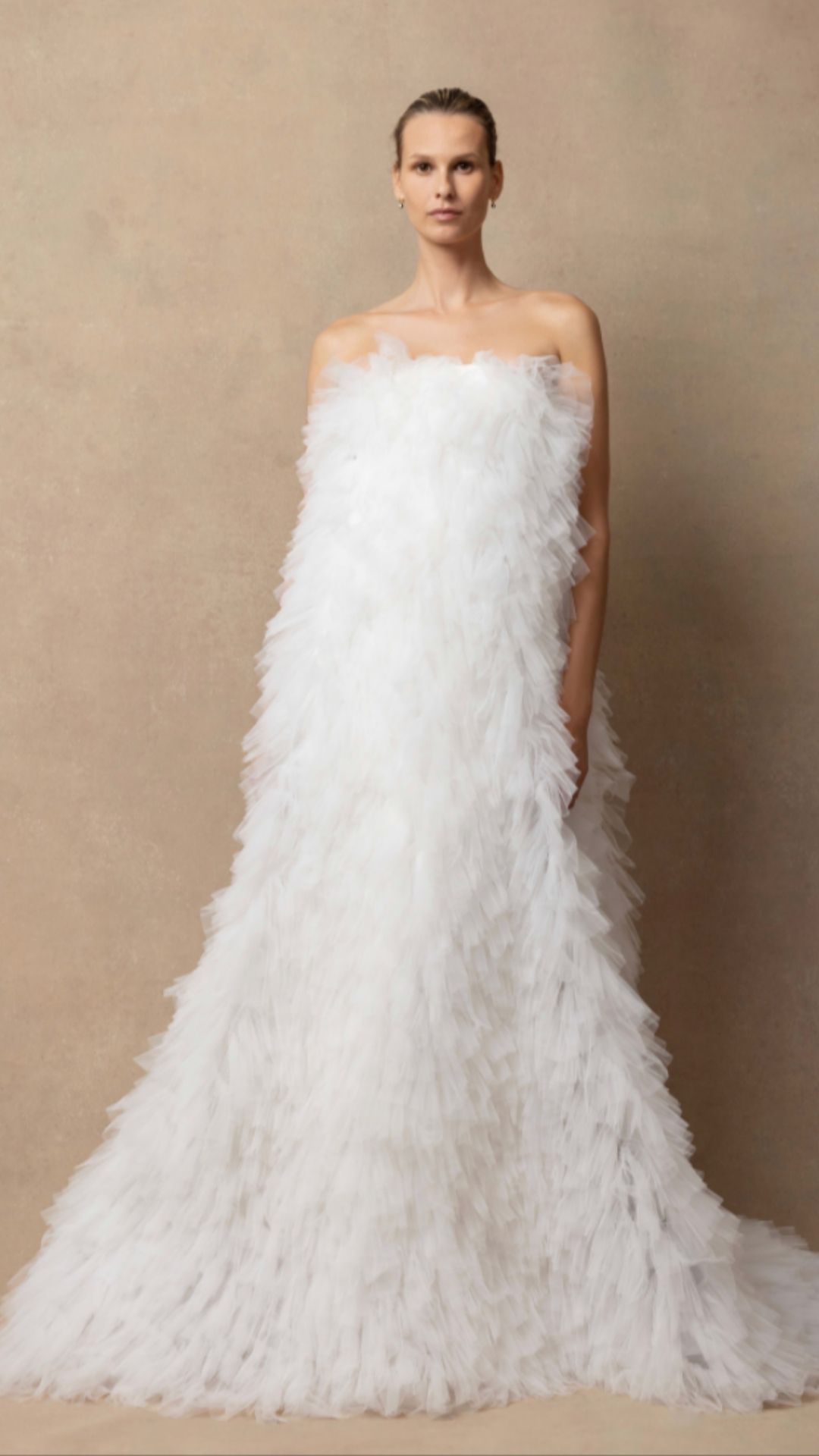
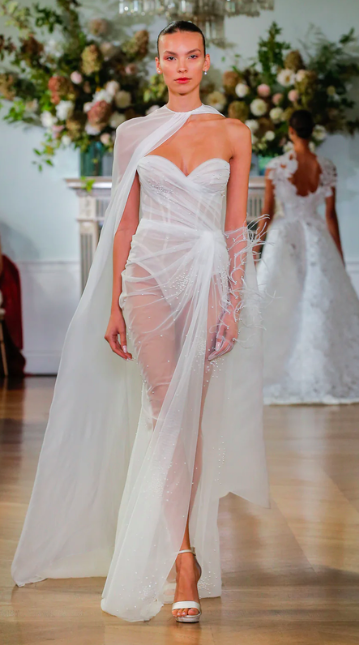
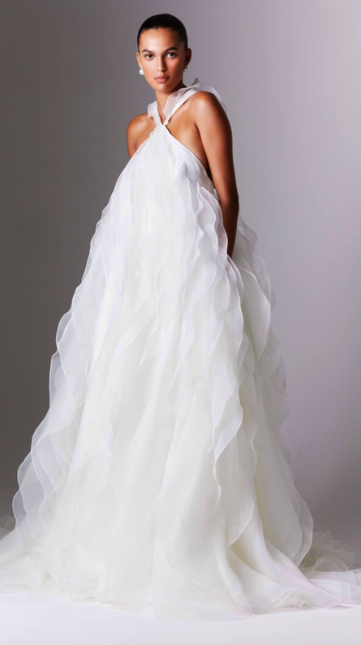
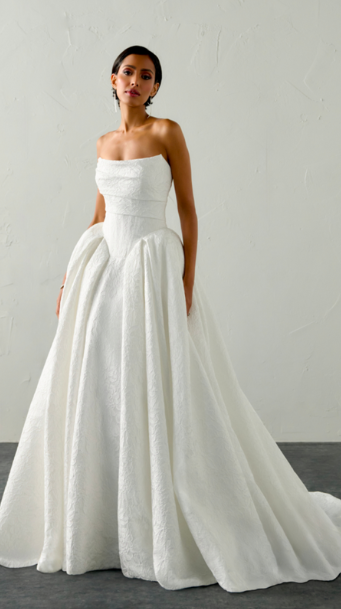
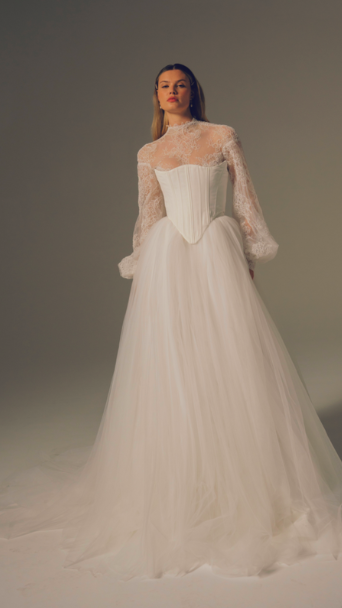
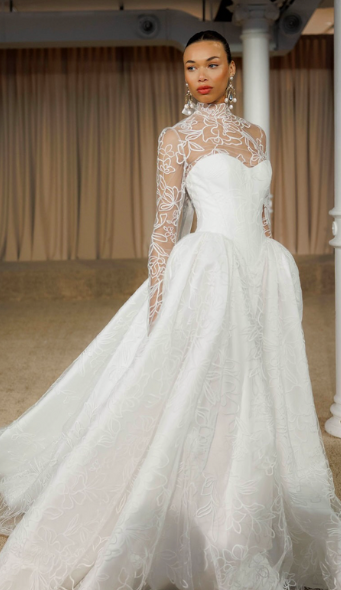
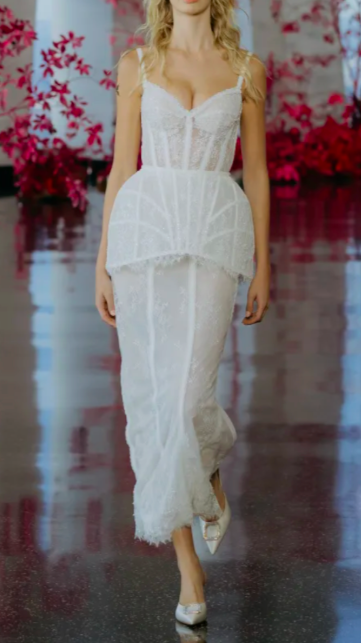
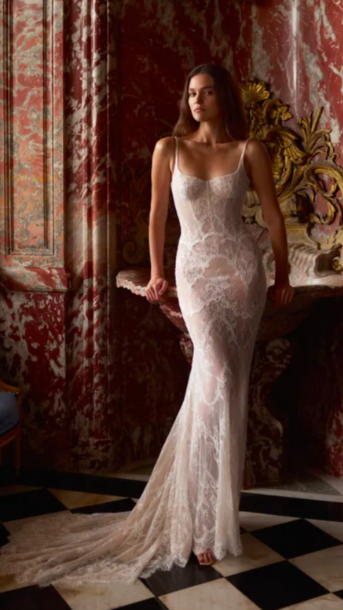
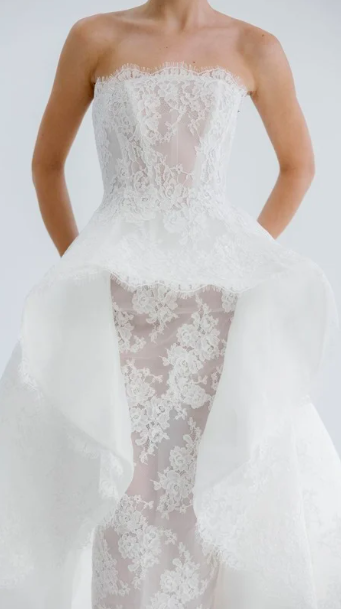
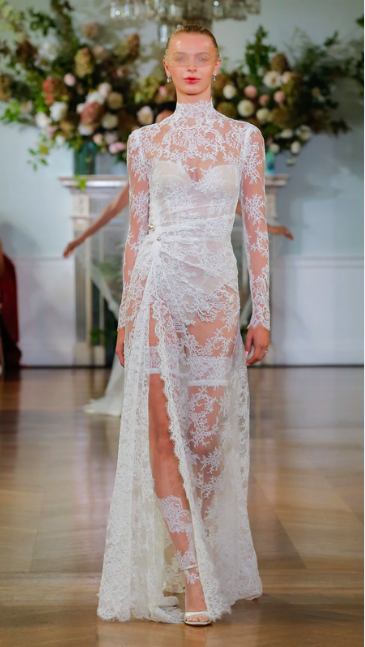
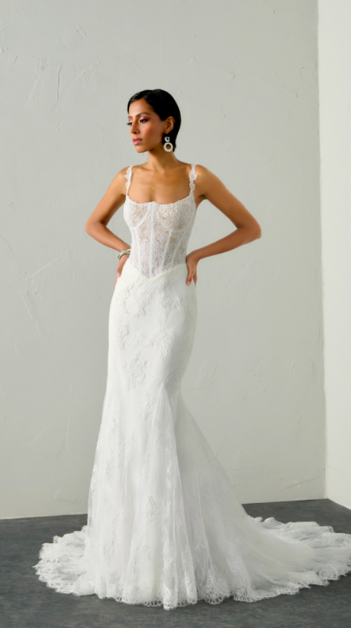
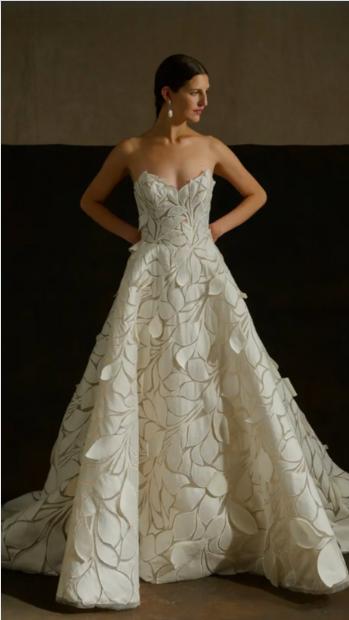
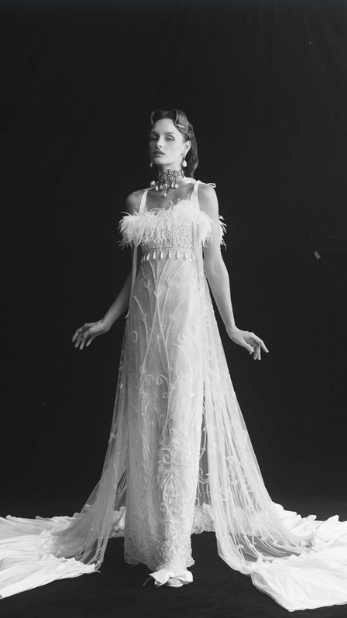
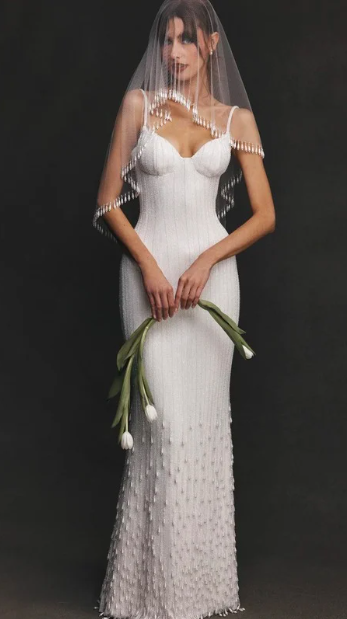
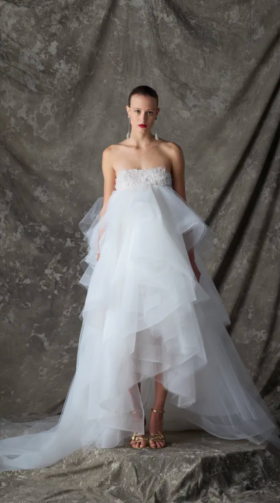
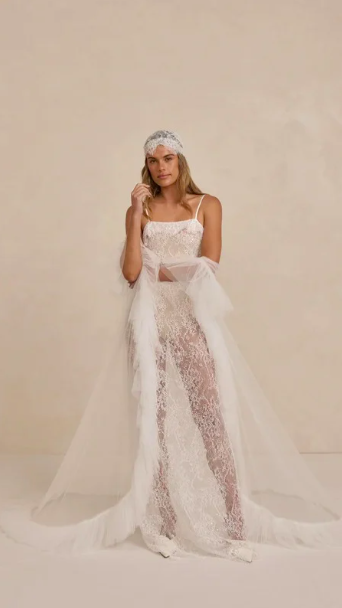
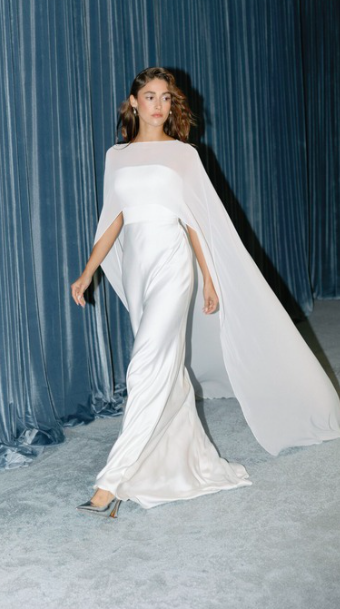
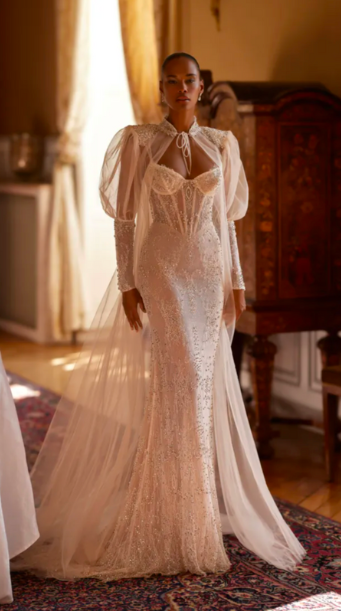
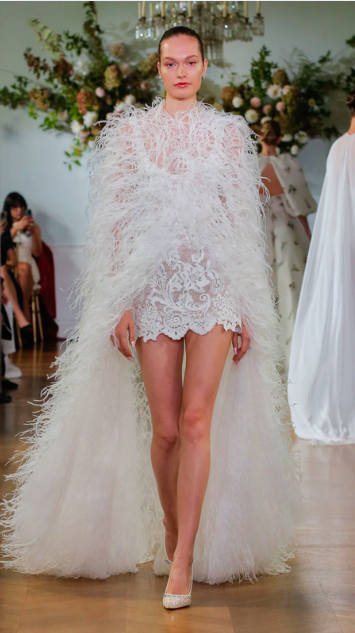
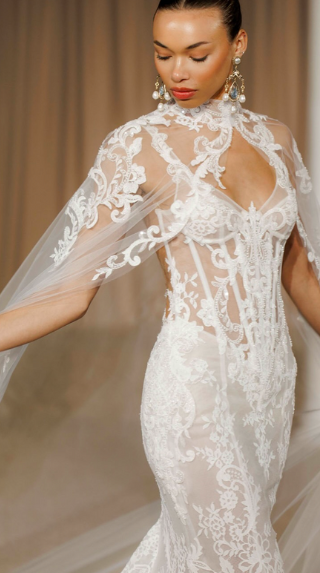
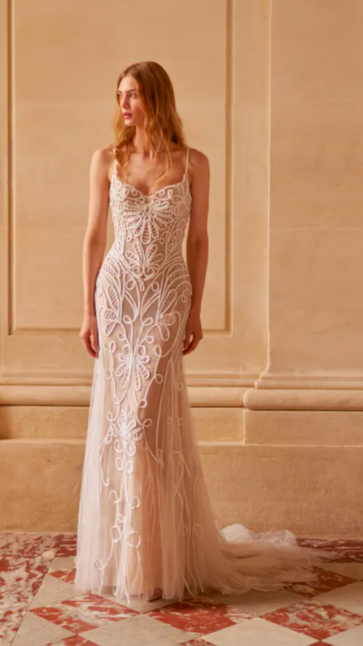
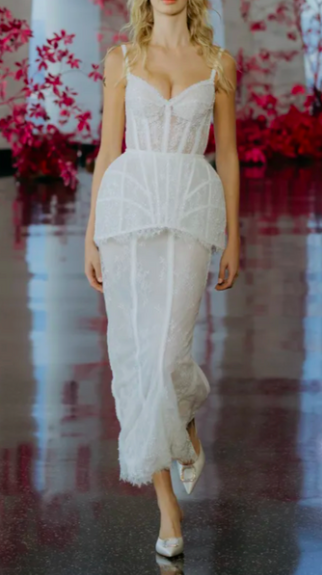
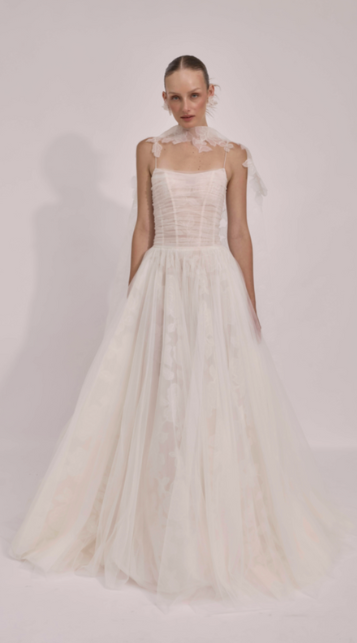
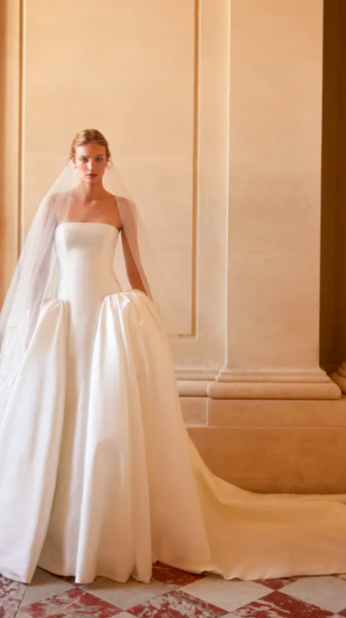
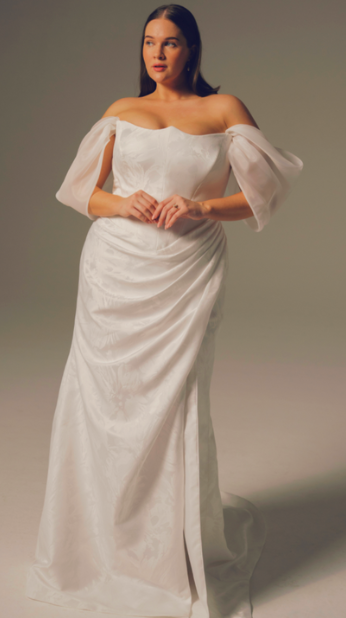
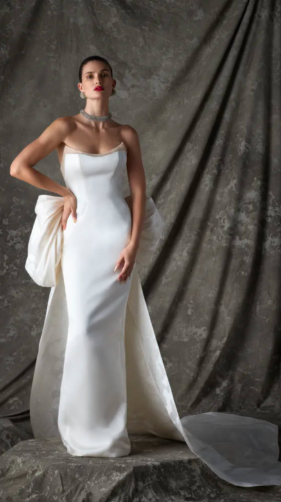
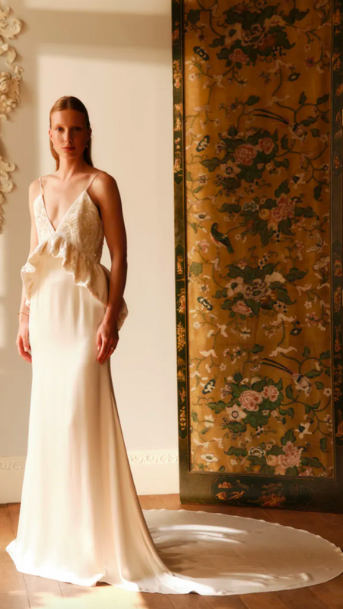
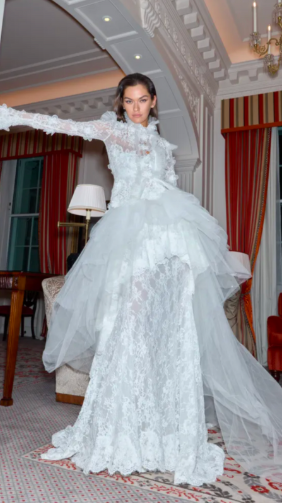
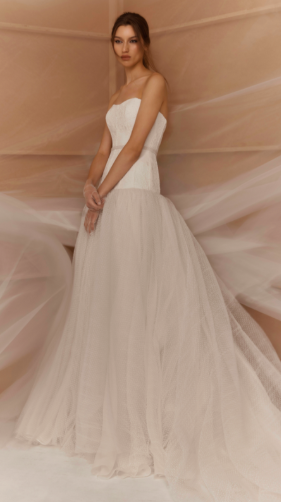
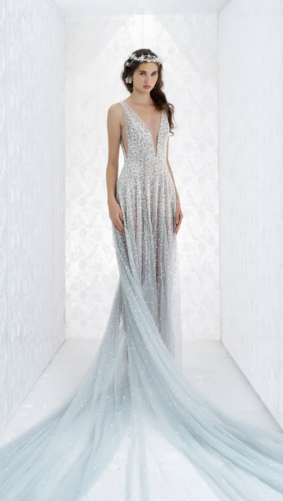
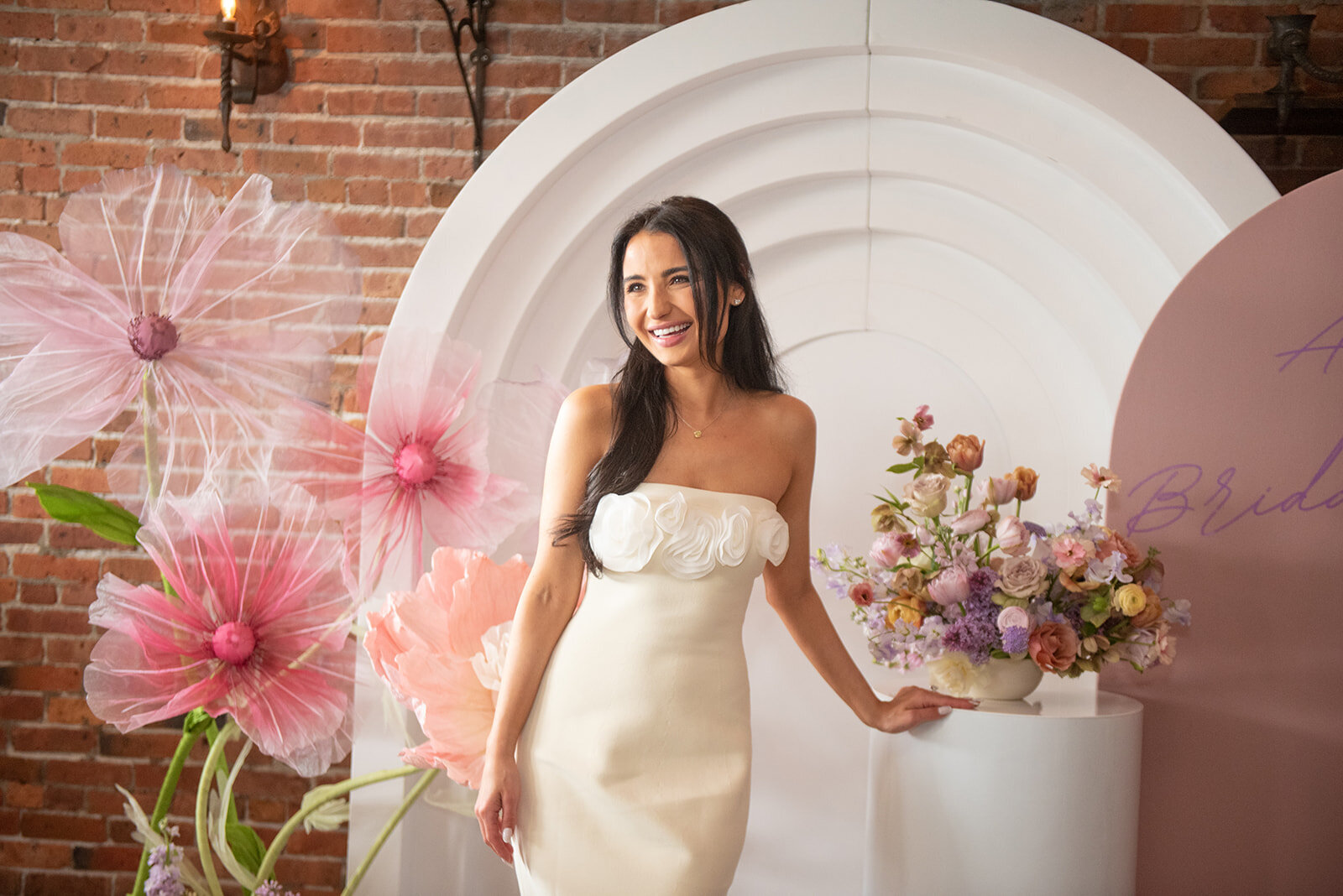
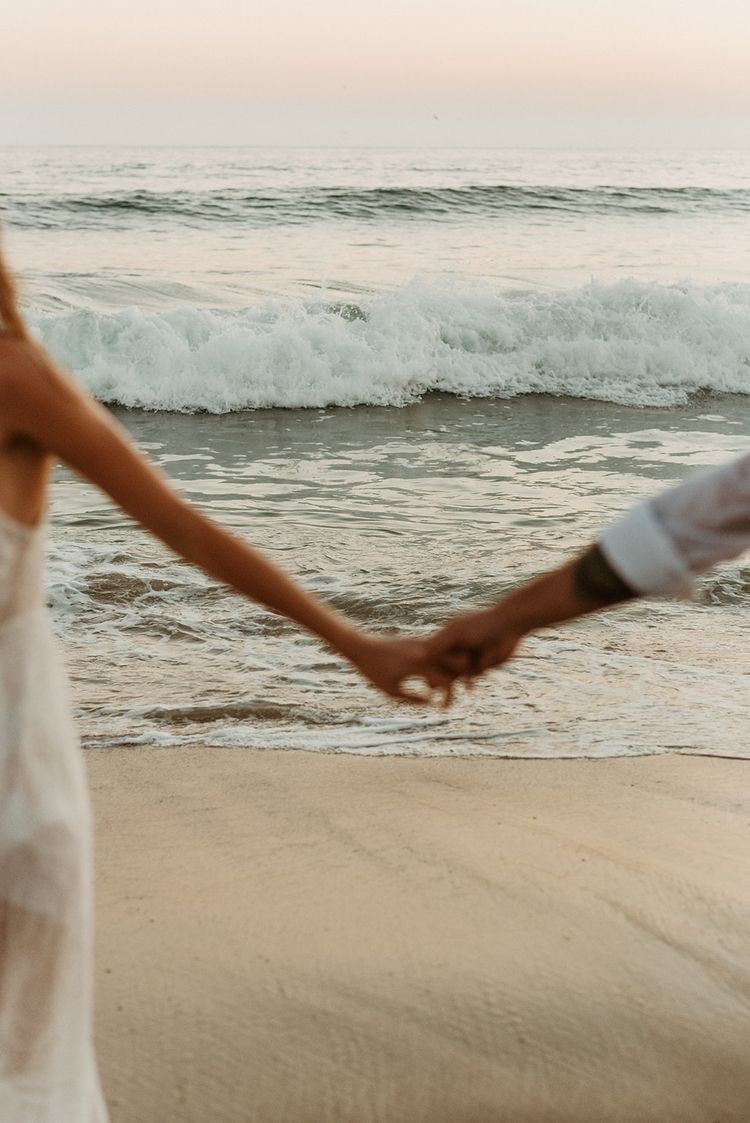
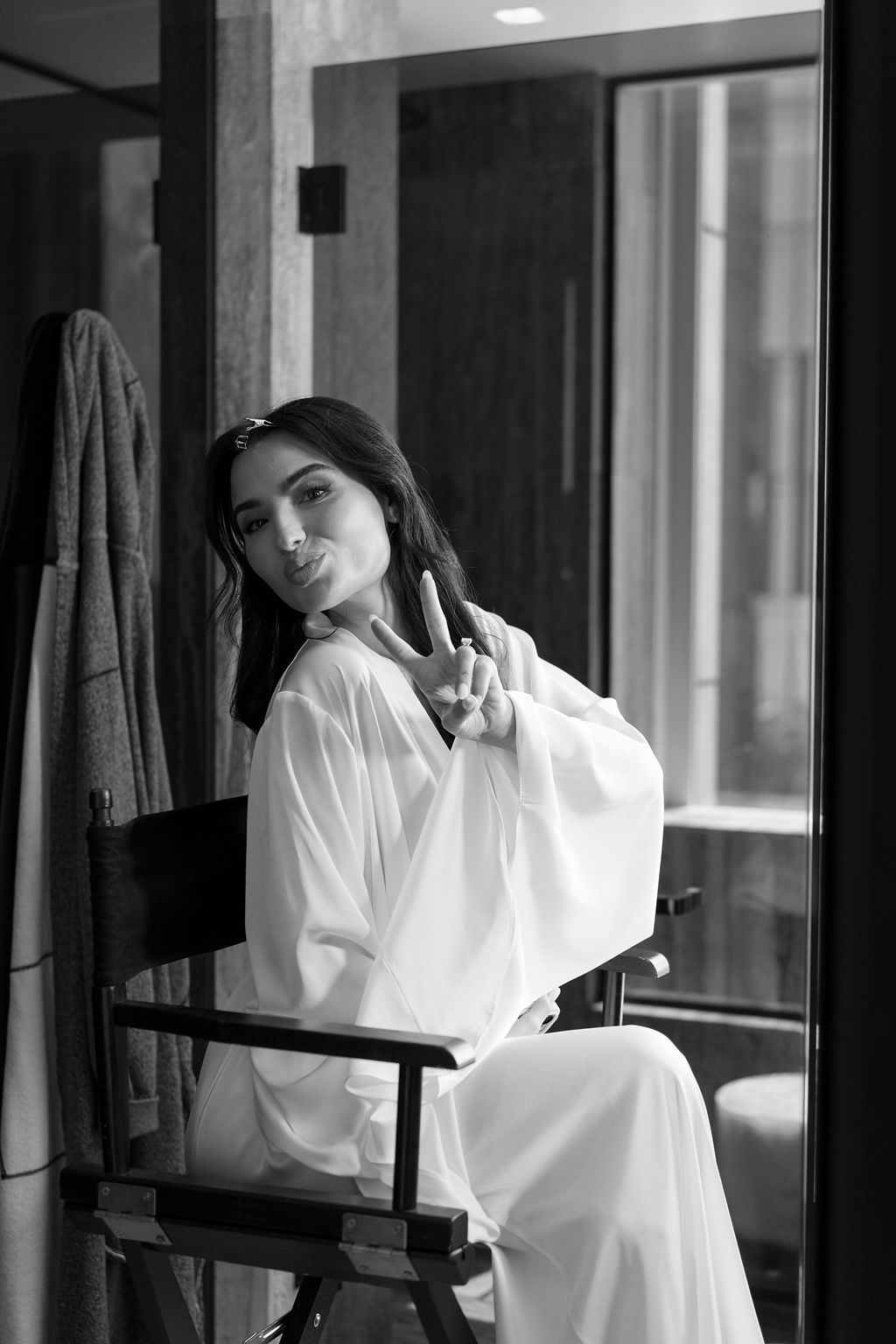
Comments +